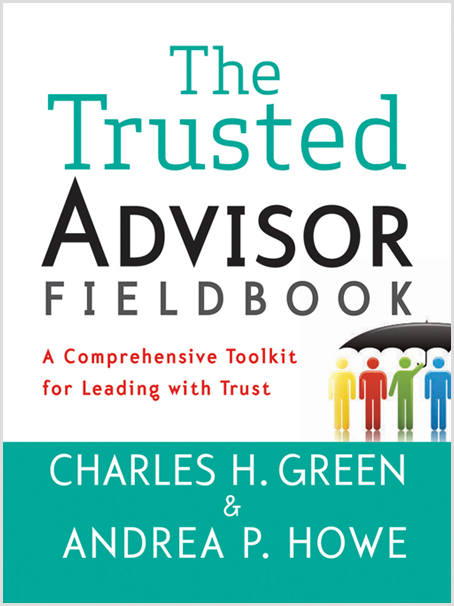This post is part of our Weekly Tips series.
Last week, I shared a two-question test to help you discern when it’s effective to shift gears from listening to advising/problem-solving (“Am I confident I really understand the real issue?” and “Am I confident they’re really able to hear me?”). This week, I’ve got specific tips to help you accurately and confidently answer the second question. You might be surprised at how often you miss some or all of these cues.
Here are four signs that your clients and colleagues are really able to hear all the great things you have to say:
- You ask, “What else do I need to understand?” or you say, “Tell me more” and they reply, “That’s it. You’ve got it.” In other words, they’ve emptied out all of what’s on their mind, thereby making room to take in what’s on yours. Common pitfall: Cutting off your curiosity too soon—getting one or maybe two nuggets and stop there.
- Their non-verbals communicate, “I’m open, and I’m listening.” Non-verbals include pace, pitch, volume, and tone (all of which can be gauged over the phone, and even sometimes through email) as well as body language like gestures and posture. If the topic on the table is a source of stress or frustration, look for a drop in volume or intensity that will naturally occur when they’re ready to talk solutions. Until then, keep listening. Common pitfall: Listening only to their words, and missing the “music.”
- They ask, “Hmmmm … what should I do?” or, “Hmmmm … what do you think?” Not, “WHAT SHOULD I DO?!” or, “WHAT DO YOU THINK?!”, per the bullet above. Common pitfall: Assuming a question is always an invitation for you to share your wisdom.
- They continue to be receptive, even after you start talking. You can test this by speaking for a minute or two and then pausing. If their words and non-verbals suggest they’re still listening, keep going. If you notice any signs of hesitation, resistance, or concern, then go back into listening mode. Common pitfall: Assuming more listening (yours) is a distraction from your ultimate goal, which is to make things better. Consider instead that it’s the faster way to get there. Why? Because if they’re not listening, you talking is a waste of everyone’s time (and your effort)—no matter how brilliant your words.
Make It Real
This week, watch the interactions between others—people you know, people on TV, and even strangers. See if you can gauge when someone is truly receptive to listening, and when they’re not (even if they claim to be). What cues tip you off?
Learn More

Find out why you shouldn’t believe what they say about listening and sales, from our friends at Trusted Advisor Associates, or brush up on all five stages of the trust creation process (Engage, Listen, Frame, Envision, Commit) in Chapter 4 of The Trusted Advisor Fieldbook.
The following two tabs change content below.
Andrea Howe
As the founder of The Get Real Project, I am the steward of our vision and our service offerings, as well as a workshop leader and keynote speaker.
Above all else, I am an entrepreneur on a mission: to kick conventional business wisdom to the curb and transform how people work together as a result. I am also the co-author, with Charles H. Green, of The Trusted Advisor Fieldbook (Wiley, 2012).
Latest posts by Andrea Howe (see all)
- The inevitable downside of taking trust-building risks (and what to do about it) - September 30, 2024
- Five simple ways to sell more without selling at all - September 3, 2024
- Reprise: Ancient Roman wisdom for the modern business professional - August 14, 2024
